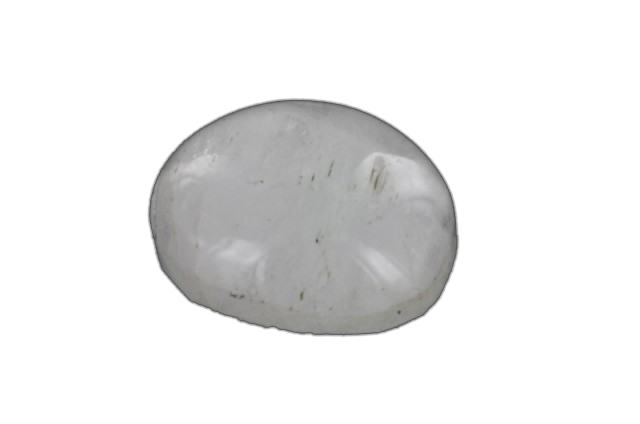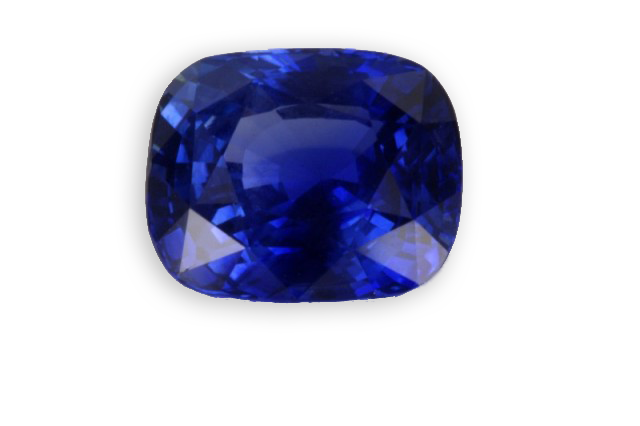
pink
Je vous emmène à travers mes vidéos découvrir mon expérience acquise depuis plus de 30 ans a silloner le globe entier à la recherche de pierres précieuses, de rencontre mémorables mais aussi de difficulté parfois …
actualités
Categories



scapolite
It owes its name to its prismatic facies (from the Greek “skapos” rod and “lithos”, stone) and designates an isomorphic series going from sodic marialite to calcic meionite. The members of this series are the Wernerite, the Dipyre, the Meionite, the Marialite. The Wernerite, which

sapphirine
It takes its name from its blue color, recalling the sapphire. It was discovered in Greenland in 1819 .

sapphire
Its name comes from the Hebrew “Sappir” which referred for a long time the blue gems, the “most beautiful things”. By 1800, it was shown that the ruby and sapphire were only varieties of the same mineral, corundum. Currently, sapphire corresponds to all the blue

rhodizite
Discovered in 1834, its name comes from the Greek “pink” because it has the property of coloring the torch flame in pink. It presents the phenomenon of piezoelectricity and pyro-electricity. The rhodizite is one of the poles a series dominated by potassium, the other pole



